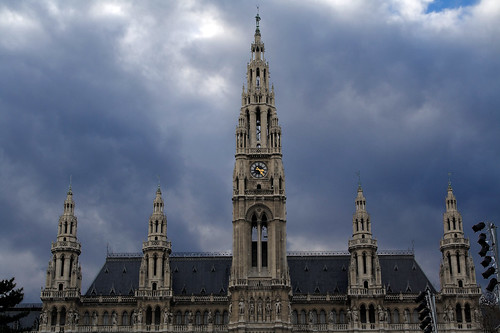
I started a food blog on Tumblr last January. Here’s the about statement:
I started this project because after a year of taking photos of myself every day, I wanted to document something else. Over the summer and fall, I had developed a routine of trying new recipes on the weekends and some weeknights. This blog is where I share photos of the results, talk about what went right or wrong, and link to the recipes.
And sometime in May/June, I stopped. I got busy. I remembered to take some pictures, but they sat on my desktop waiting to be blogged for so long that I felt guilty and overwhelmed, so I eventually deleted them.
It wasn’t like it would take all that much time to write up something. And add a link. And format it the same as the previous posts. But it seemed like a big deal at the time.
Also, I stopped cooking/baking as much in the summer.
I have this tendency to make things that should be simple and routine into complex, detailed processes that become burdensome. Is this just some freak aspect of my desire for control and order, or is it simply human nature?

